Photos show what it's like to visit Alcatraz Island, which once housed some of America's most notorious criminals
Melissa Wells

- Alcatraz Island is a National Historic Landmark most famous for its 29-year operation as a prison.
- The small island offshore of San Francisco, California, housed famous criminals including Al Capone.
The story of Alcatraz is a fascinating dive into US history.
It was the site of a US military prison from the late 1850s to 1933, and later, between 1969 and 1971, it was occupied by Native American activists.
But Alcatraz Island, which is off the coast of San Francisco, California, is best known for its years operating as a maximum-security federal prison. From 1934 to 1963, it housed criminals, including the infamous gangster Al "Scarface" Capone and murderer Robert "Birdman of Alcatraz" Stroud.
The Golden Gate National Recreation Area was created by Congress in 1972, placing Alcatraz Island under the control of the National Park Service. Today, it is a popular tourist spot, with more than 1 million people visiting the island every year, according to the Golden Gate National Parks Conservancy.
Take a look at what it's like to visit Alcatraz Island.
Alcatraz Island sits in California's San Francisco Bay, approximately 1.5 miles off the coast.
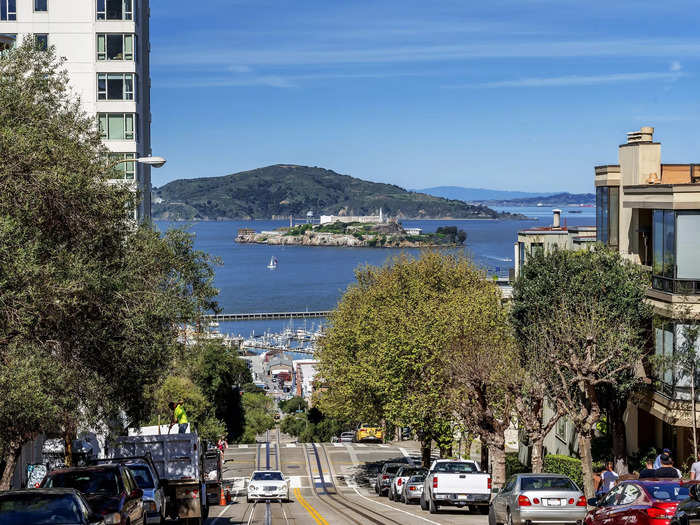
When the 22-acre island was first explored by Spanish navigator Lieutenant Juan Manuel de Ayala in 1775, it was a seabird habitat.
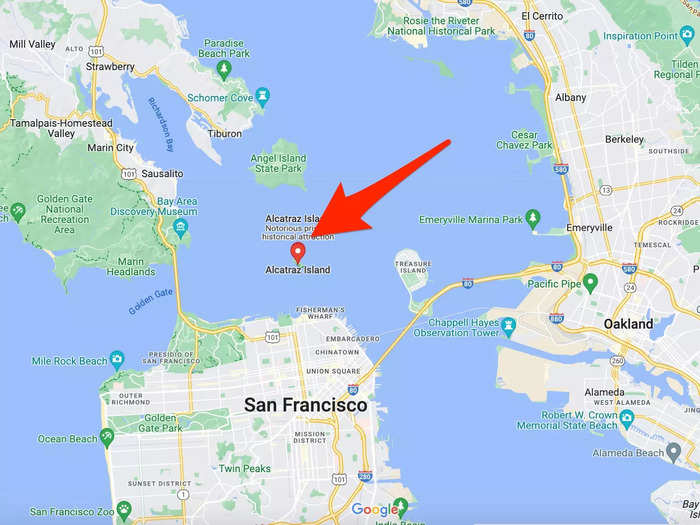
Source: Britannica
The US took control of the island from Mexico after the Mexican-American War in 1848. Two years later, President Millard Fillmore signed an order reserving the island for military use.
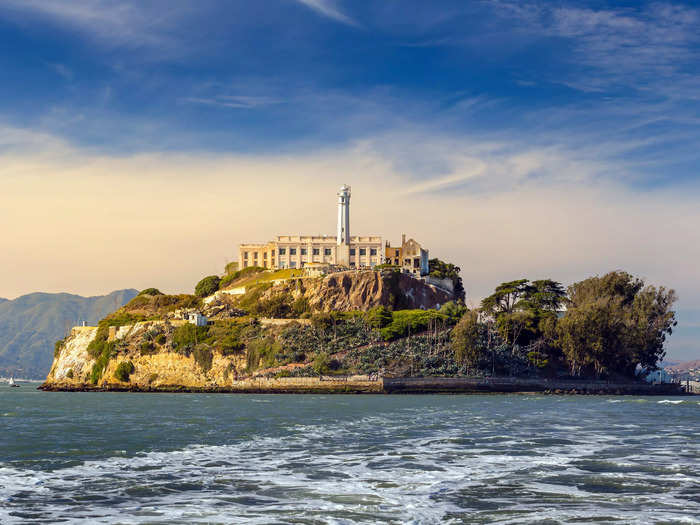
Source: US General Services Administration, Britannica
Before it became a federal prison, Alcatraz was used by the US military during the Civil War for Confederate sympathizers and citizens accused of treason.
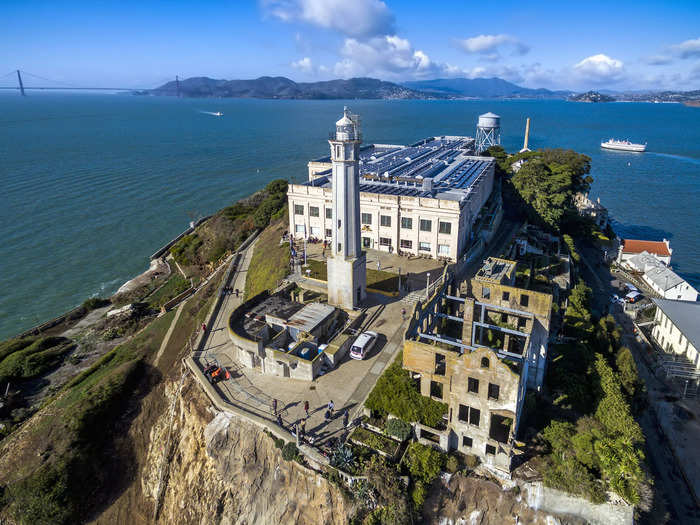
Source: History.com
Today, Alcatraz is open to visitors every day except Thanksgiving, Christmas, and New Year's Day. Tickets for adults currently start at $45.
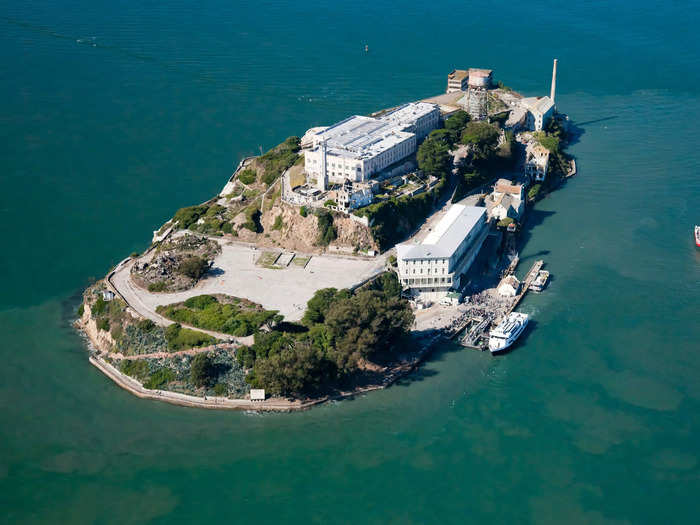
Ferries to the island leave piers 31-33 about every half hour throughout the day. When visitors reach Alcatraz, they're greeted by the guard tower.
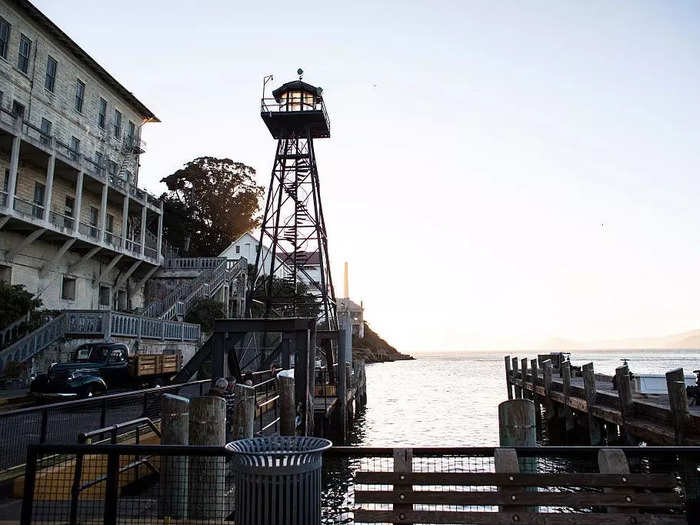
Source: National Park Service, Alcatraz City Cruises
Visitors can see where correctional officers and staff entered Alcatraz prison through these front doors to the administration building.
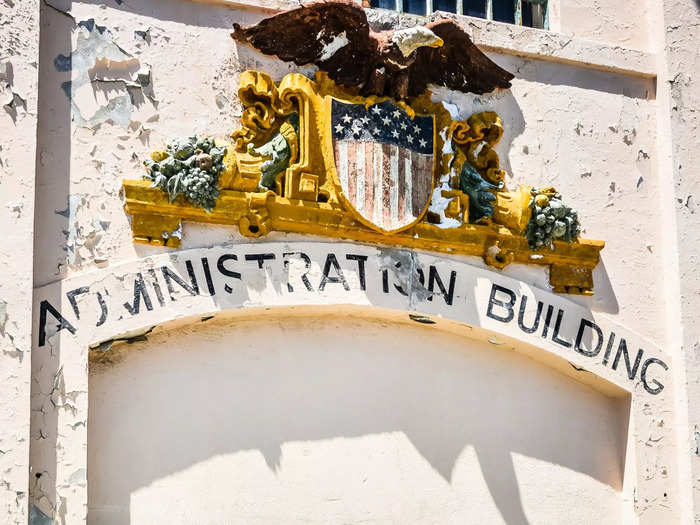
Inside, they'll see the prison's control center, which was completely encased by bulletproof glass.
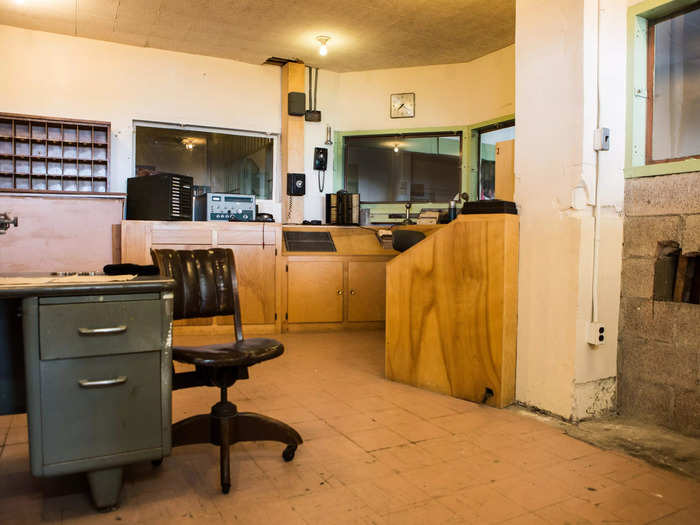
Visitors can take an audio tour, which uses interviews with former prisoners, correctional officers, and family members to depict the experience of living on the island.
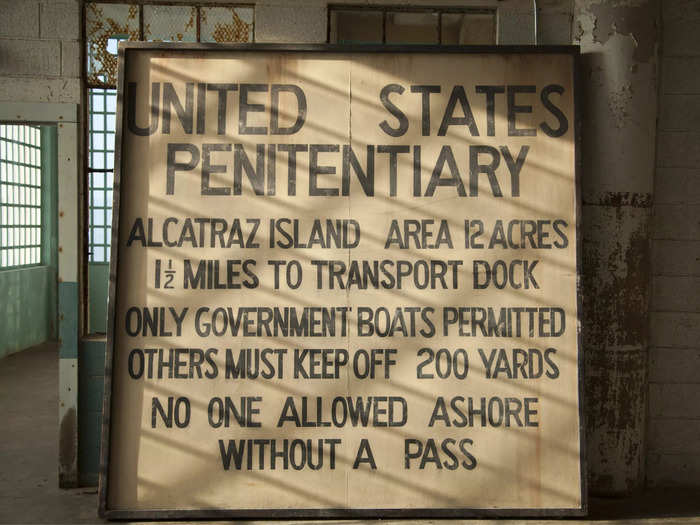
Source: Golden Gate National Parks Conservancy
The island was designated a US military prison in 1907. In 1912, the 600-cell holding complex was completed, along with a mess hall and hospital. In 1933, it was transferred to the Federal Bureau of Prisons.
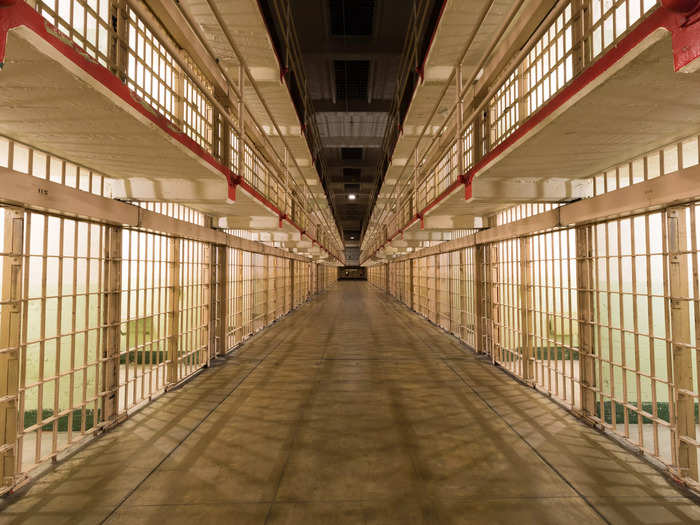
Source: National Park Service
The cells measured about 10 by 4.5 feet. The prison had enough space for 450 prisoners, but there were never more than 250 at one time.
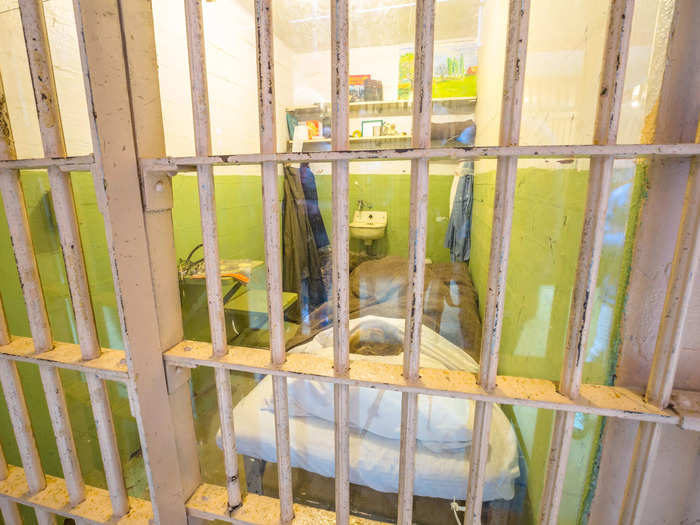
Source: Britannica
The cells in A-Block were used for prisoners who needed to be separated from others for short periods of time.
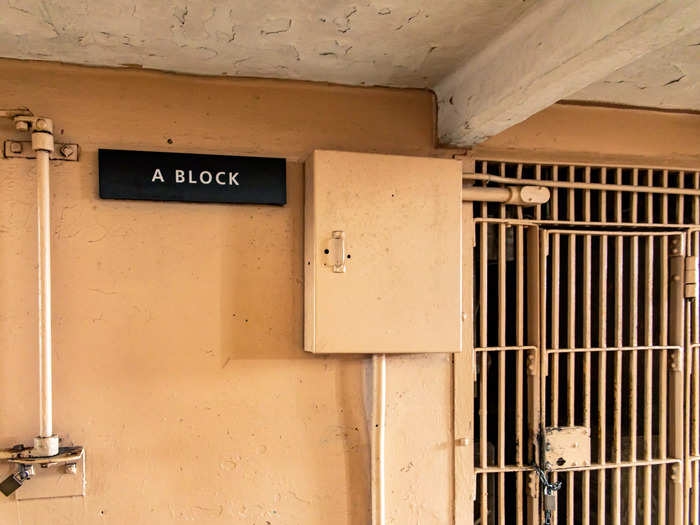
Source: Alcatraz History
Below A-Block was a set of cells called the Spanish Dungeon, which were mostly used when Alcatraz was a military prison. They were reportedly used for storage and solitary confinement in subsequent years.
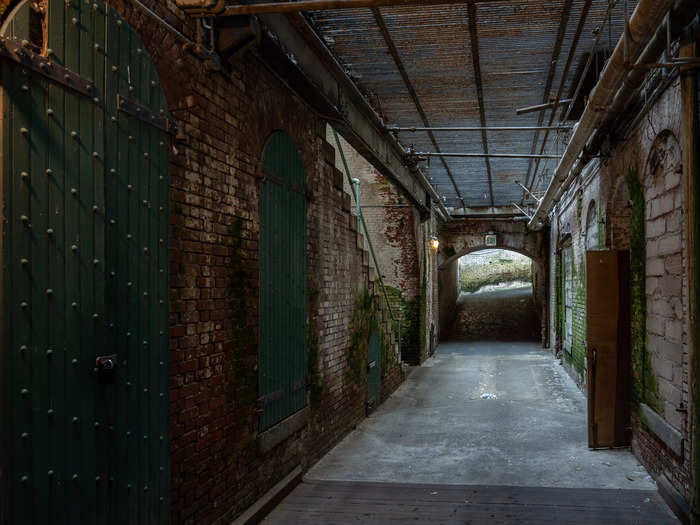
Source: National Park Service, Alcatraz History
There were a total of 14 escape attempts from Alcatraz by 34 prisoners over the years. Of those, five prisoners were never found.
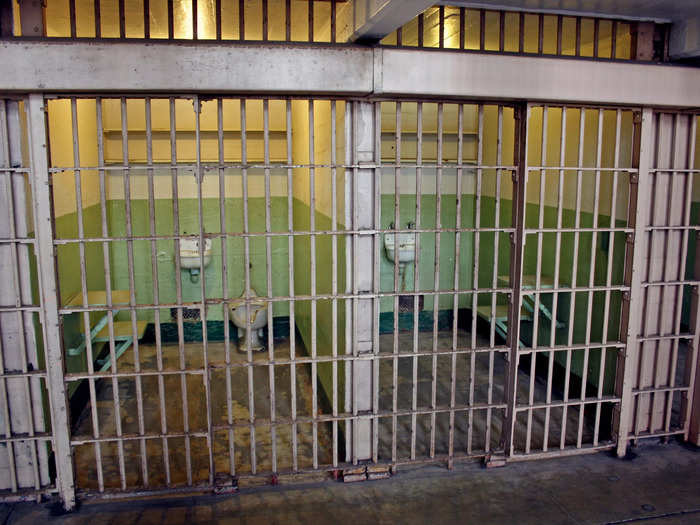
Source: National Park Service
The most famous attempt was in June 1962, when Frank Morris and brothers John and Clarence Anglin escaped using a raft made from raincoats. Nobody knows what happened to them, although the FBI says it is "unlikely" they survived the journey to shore.
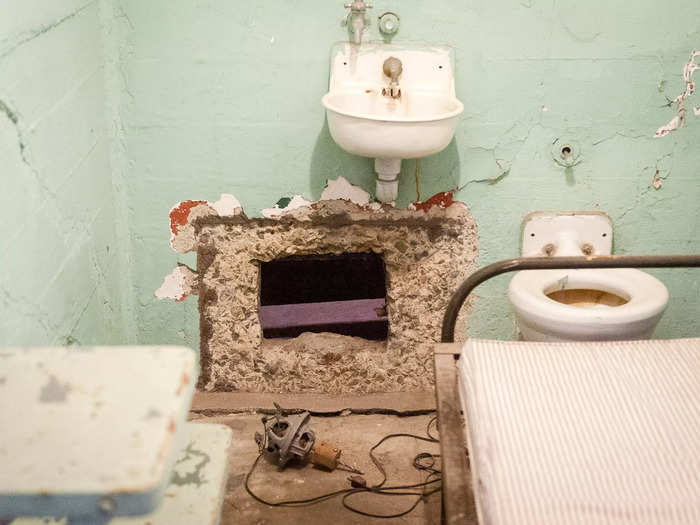
Source: FBI
Prisoners who broke rules could be punished with hard labor or solitary confinement, where they'd only be given bread and water.
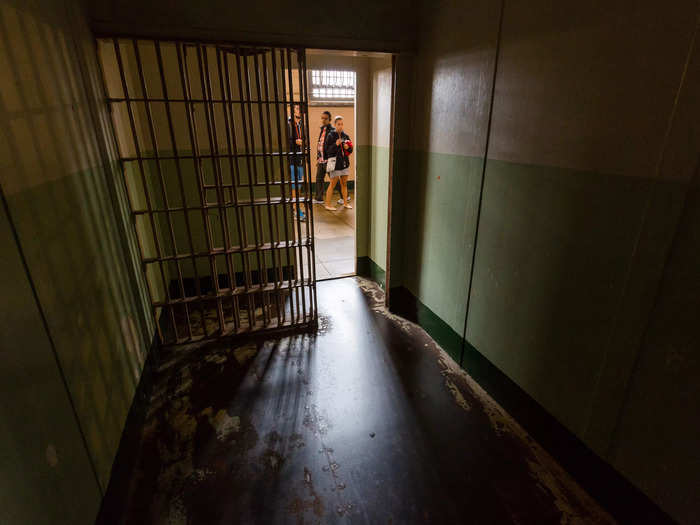
Source: Golden Gate National Parks Conservancy
The dining hall, nicknamed "the gas chamber" for the 14 tear-gas dispensers mounted on the ceiling, was considered a dangerous place.
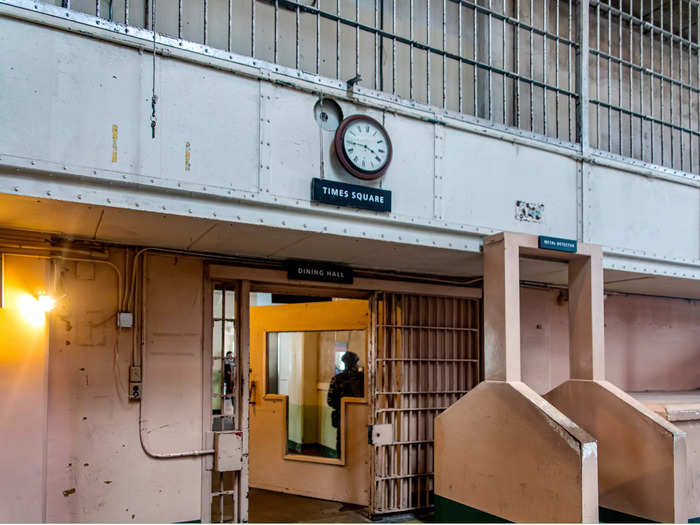
Source: National Park Service
With so many people convicted of crimes in a confined space, the guards had to take precautions. Prisoners were given limited utensils, and sharp bones were removed from their food.
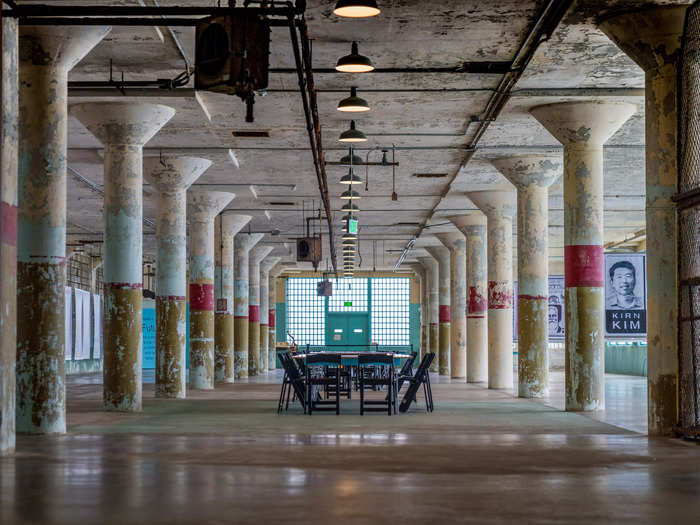
Source: National Park Service
Correctional officers supervised as prisoners working in the kitchens made three meals a day.
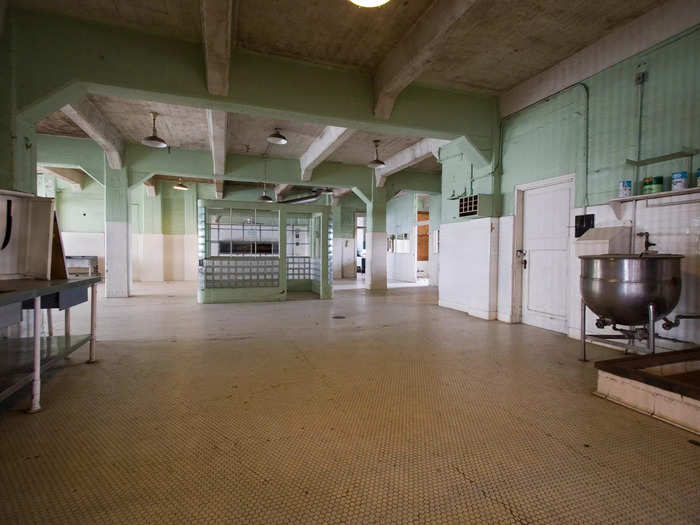
Source: National Park Service
Public Health Service nutritionists helped create meals for the people inside the prison. A 1963 breakfast menu on display shows they could choose from dry cereals, scrambled eggs, stewed fruit, and toast.
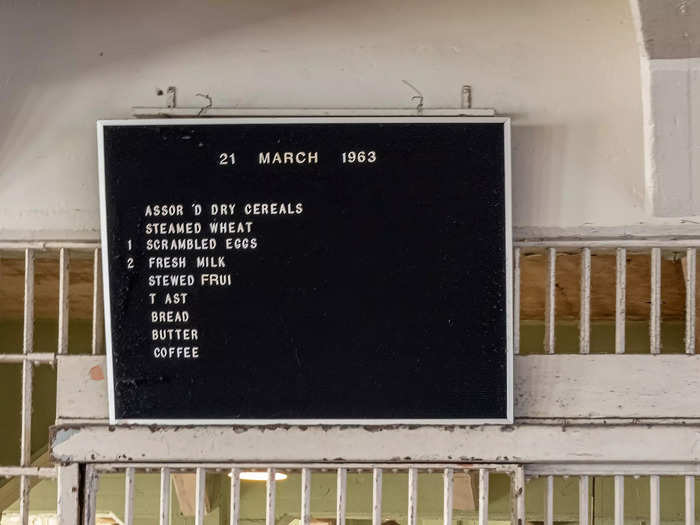
Source: National Park Service
Prisoners also worked in the laundry, or completed factory work or general maintenance. Wages were deposited into their prison accounts to buy items from the commissary.
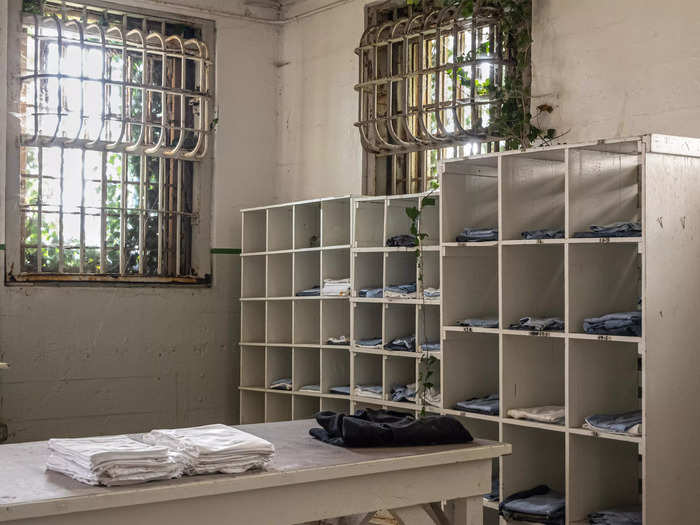
Source: National Park Service
The prison had strict hygiene standards, according to the National Park Service, and prisoners were expected to shower regularly and wear clean clothes.
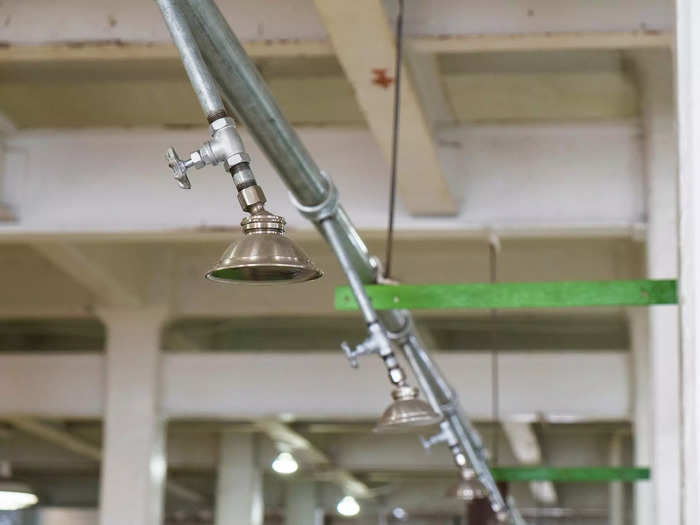
Prisoners could take part in education and recreation programs. Some worked on the gardens on the island.
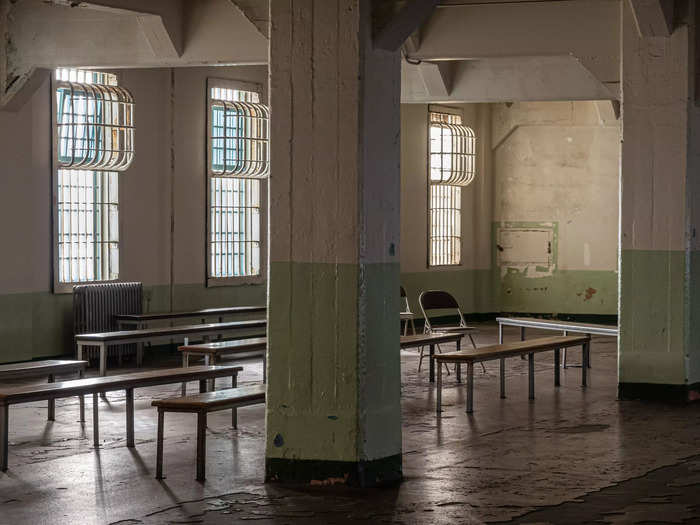
Source: National Park Service, The Gardens of Alcatraz
There was also a library stocked with 15,000 books and 75 magazine titles, according to the National Park Service.
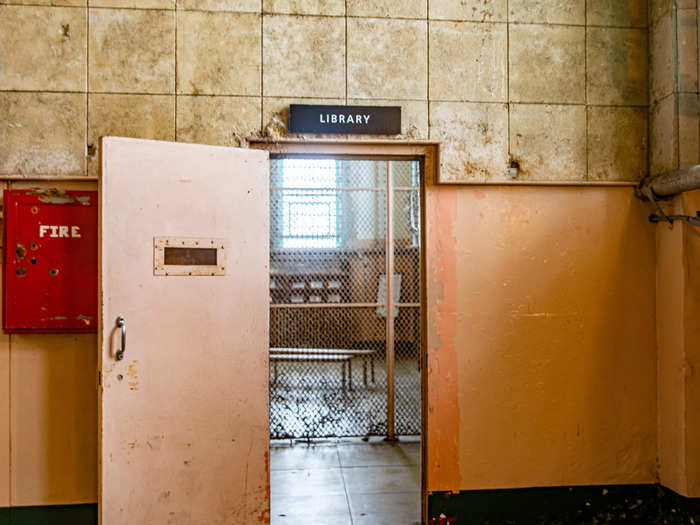
Once prisoners had shown they could follow the rules of the prison, they were allowed to have visits from family members.
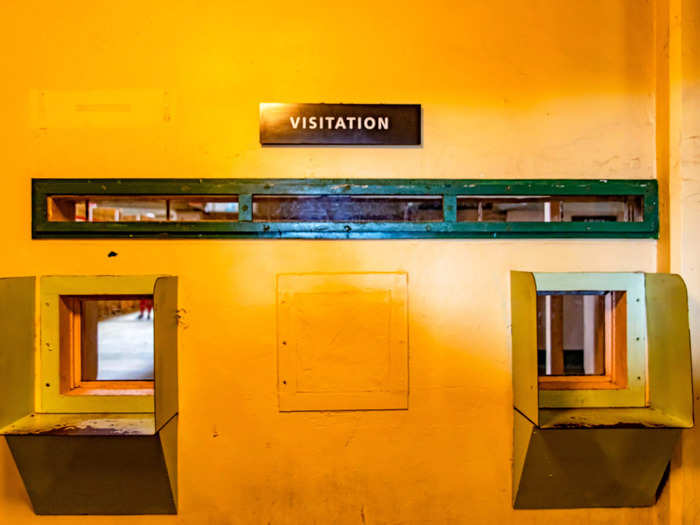
Source: Golden Gate National Parks Conservancy
Prisoners with good conduct records would complete chores for the warden and his family at the Warden's House, a 15-room mansion next to the cell blocks. Today, all that's left of the building is its concrete frame due to a fire in 1970.
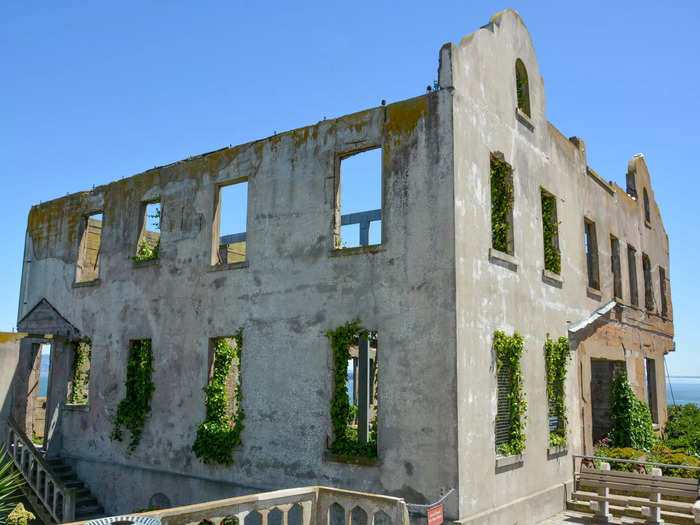
Source: National Park Service, Alcatraz History
Alcatraz Prison was officially closed on March 21, 1963, by Attorney General Robert Kennedy, as it had become too costly to keep in operation. Over its 29 years as a prison, Alcatraz housed more than 1,500 men.
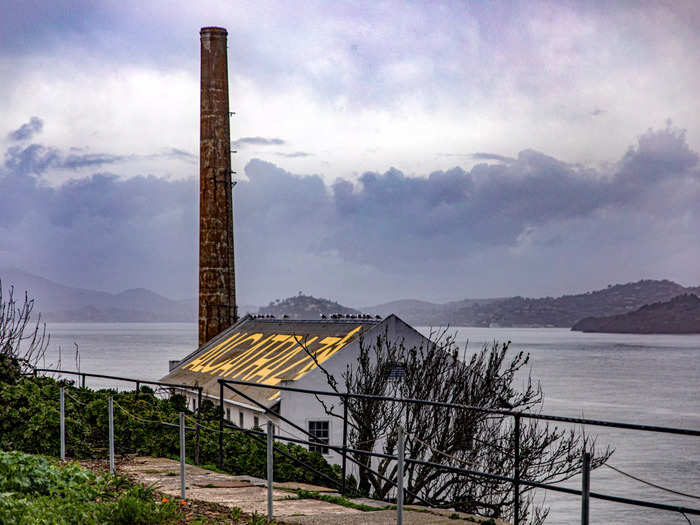
Source: San Francisco Travel Association
On November 20, 1969, dozens of Native American activists occupied the island to bring attention to their treatment by the US government. Almost two years later, on June 11, 1971, President Nixon sent federal troops to clear the island and the occupation ended.
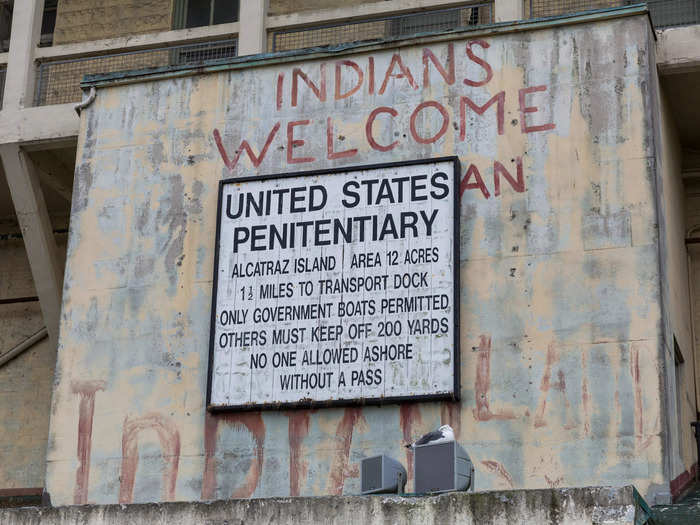
Source: Britannica, San Francisco Travel Association
The prison and its grounds became part of the Golden Gate National Recreation Area in 1972. It opened to the public the following year.
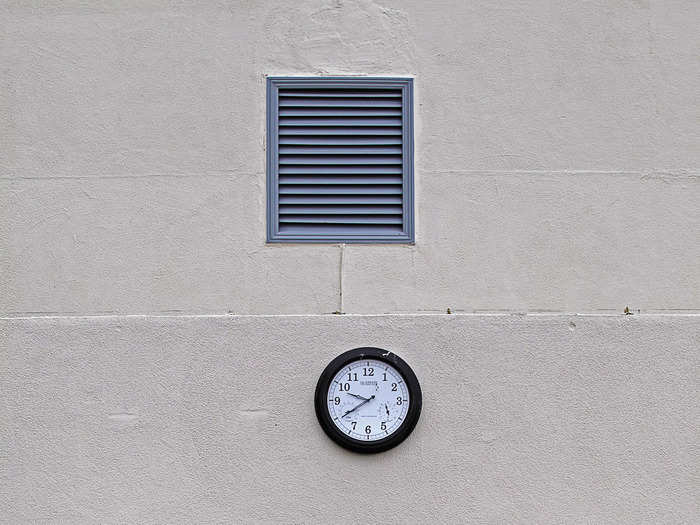
Gardens that were installed and flourished when Alcatraz was a military and federal prison are maintained by volunteers today.
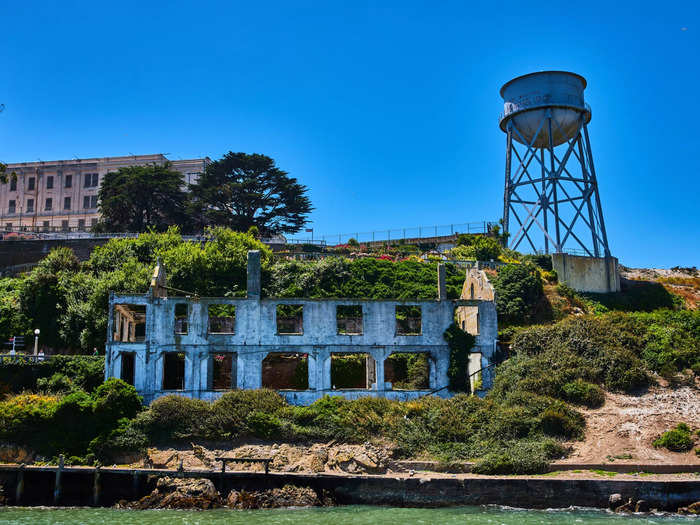
Alcatraz Island is now a designated National Historic Landmark.
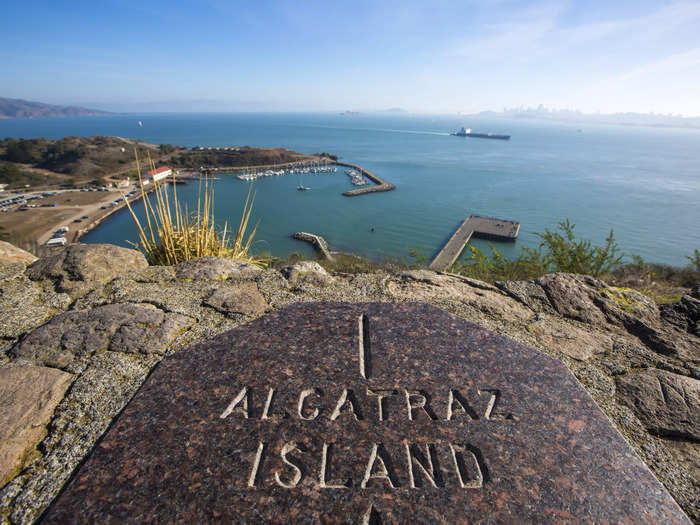
Popular Right Now
Popular Keywords
Advertisement